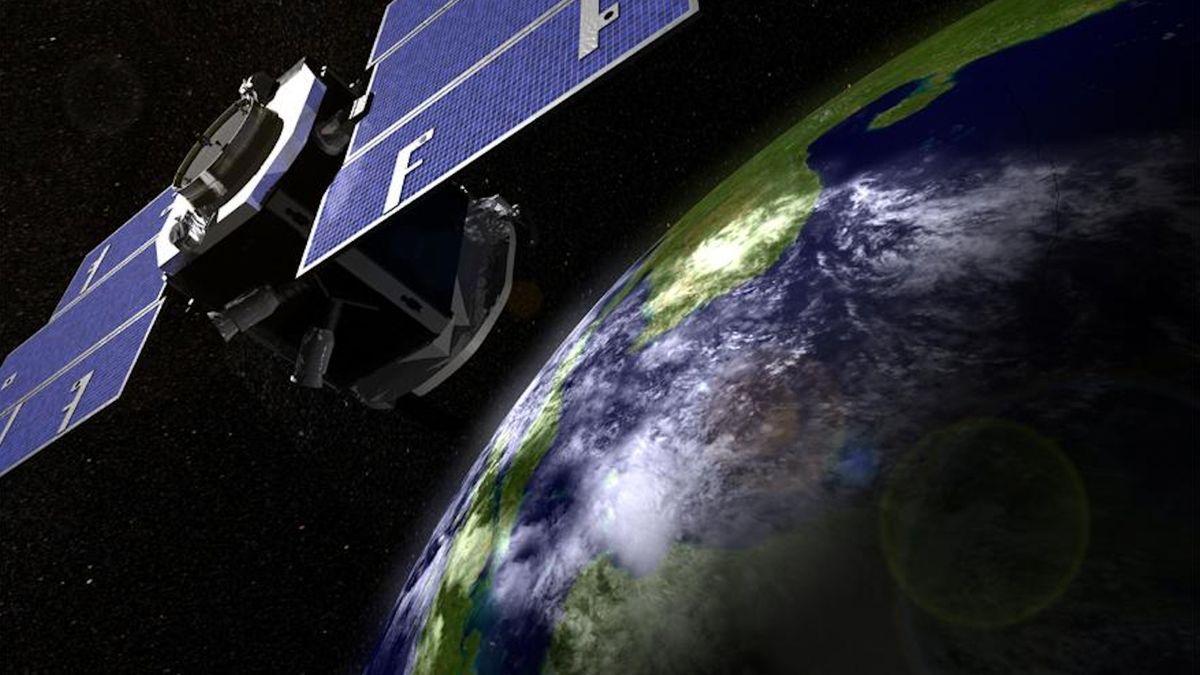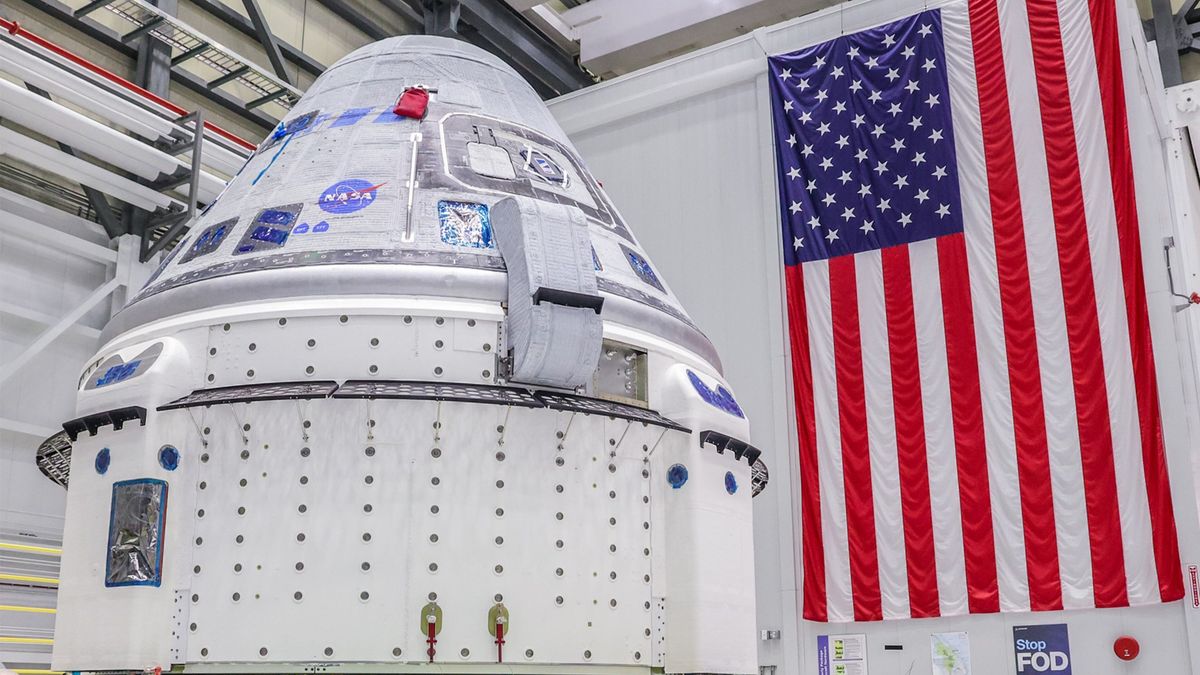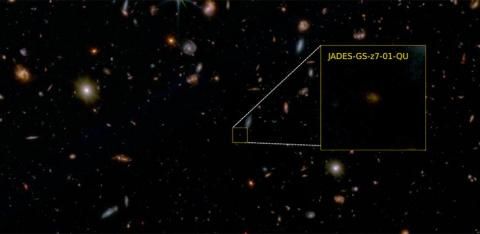NASA’s CloudSat Mission Concludes After Nearly 18 Years
In a significant development, NASA’s groundbreaking CloudSat weather and climate mission has recently reached its conclusion after almost 18 years of operation in Earth’s orbit. The satellite, which was launched in April of 2006 with a planned mission duration of 22 months to investigate cloud structure and composition, has been officially decommissioned by the agency. The spacecraft was lowered into an orbit last month, marking the end of its operational lifespan and its inability to continue regular data collection.
According to NASA officials, the CloudSat mission’s conclusion was in line with the planned schedule as the satellite had reached the end of its operational capacity. The spacecraft has been positioned in an orbit that will ultimately lead to its disintegration in Earth’s atmosphere in the near future.
A Journey Into Clouds
Equipped with the cutting-edge Cloud Profiling Radar instrument, CloudSat became the first satellite to host a 94-gigahertz-wavelength radar system in space. This groundbreaking technology, vastly more sensitive than conventional ground-based weather radars, provided researchers with a unique perspective on cloud formations. Rather than viewing clouds as two-dimensional imagery, CloudSat’s radar offered 3D views of the atmosphere that revealed intricate details of ice and rain within clouds.
The observational data collected by CloudSat has been instrumental in advancing our understanding of global precipitation patterns, the role of clouds in regulating Earth’s temperature, and the mechanisms behind atmospheric processes. Notably, the satellite conducted flyovers of major hurricanes such as Maria, Harvey, and Sandy, offering valuable insights into the development and intensification of these severe weather events.
The Cloud Profiling Radar was deactivated in December 2023, paving the way for the satellite’s decommissioning process. CloudSat worked in conjunction with its companion satellite, CALIPSO (Cloud-Aerosol Lidar and Infrared Pathfinder Satellite Observation), which was deployed into orbit alongside CloudSat nearly two decades ago.
Advancing Atmospheric Research
CALIPSO utilized lidar technology to study Earth’s atmosphere by emitting laser beams that interacted with clouds and airborne particles, providing researchers with crucial data on atmospheric composition. The collaboration between CloudSat and CALIPSO allowed for comprehensive analysis of cloud formations, particle distribution, and their impacts on weather patterns.
While the conclusion of CloudSat and CALIPSO missions marks the end of an era, NASA’s Earth observation efforts continue with a roster of satellites dedicated to studying our planet. Notably, the recent launch of PACE (Plankton, Aerosol, Cloud, ocean Ecosystem) satellite in February promises unprecedented insights into the biological dynamics of Earth’s oceans.
As NASA bids farewell to CloudSat and CALIPSO, the legacy of these missions lives on through the wealth of scientific knowledge and advancements they have contributed to atmospheric science and climate research.
Image/Photo credit: source url





